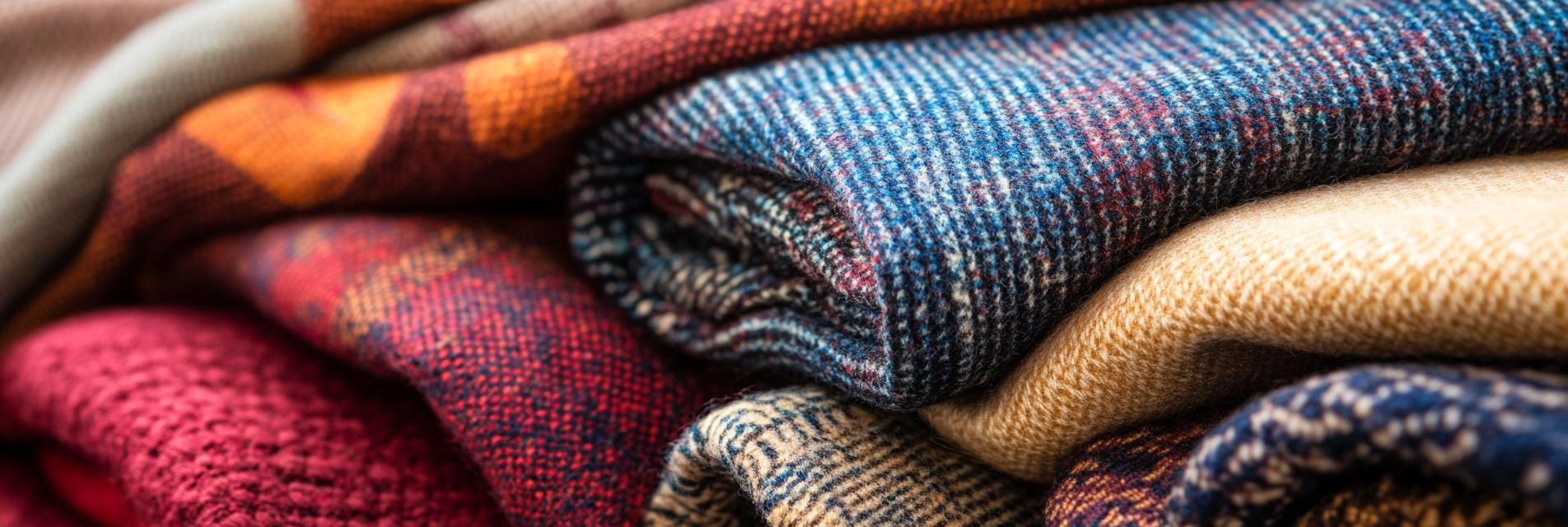The textile industry is constantly evolving, with innovative technologies reshaping the way fabrics are produced and utilized. One of the significant advancements in recent years is in fleece textile technology, which has garnered attention for its potential to enhance fabric quality and sustainability. This article delves into the breakthroughs in fleece technology, exploring their implications for the industry.
Recent innovations in fleece textile technology focus on improving the overall quality of fabrics. These advancements include the integration of advanced fibers that offer enhanced durability and softness. Manufacturers are now able to produce fleece materials that not only feel better against the skin but also withstand the rigors of daily use. Such improvements ensure that consumers receive long-lasting, high-quality textile products.
With growing concerns over environmental impact, the fleece textile sector is taking significant steps towards sustainability. Innovative methods are being employed to reduce waste and improve the recyclability of materials. For instance, the use of recycled fibers in fleece production helps minimize the carbon footprint of textile manufacturing. Brands adopting these sustainable practices not only contribute to environmental conservation but also appeal to the increasing number of eco-conscious consumers.
The latest technologies in fleece textiles are designed to enhance performance features, such as moisture-wicking and thermal insulation. These functionalities are becoming crucial for outdoor and activewear brands, as they seek to provide products that cater to consumers' performance needs. As a result, the versatile properties of fleece textiles are increasingly being leveraged to meet the demands of various markets.
In summary, the advancements in fleece textile technology represent a significant shift in the textile industry. By improving fabric quality, promoting sustainability, and enhancing performance features, these innovations are setting a new standard for textile production. As the industry continues to evolve, staying at the forefront of these developments will be essential for manufacturers looking to maintain a competitive edge.

